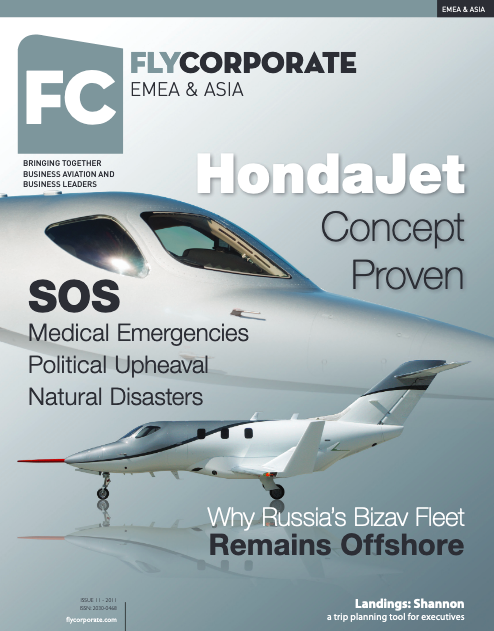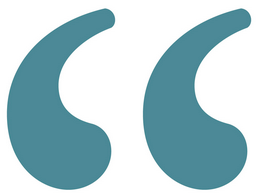
What fun to revisit my interview in FlyCorporate Magazine which captures the very start of my interaction with the FAA in the 1980s.
Excerpt
In 1985, MedAire, Inc. was established as a global emergency response centre dedicated to providing immediate, real-time medical assistance to people in remote locations, including onboard aircraft. The company’s MedlinkTM Global Response Center offers far more than just a concierge medical service.
“Together, MedAire and International SOS have access to 68,000 medical providers. When our members become ill, we can make appointments, get them medication refills, provide cashless services, and if necessary, get them evacuated,” explains Jill Drake, Director of Marketing and Communications.
With offices in Singapore and Arizona, MedAire has grown from one flight nurse’s vision of how all aircraft should be equipped for medical emergencies, into the world’s largest healthcare, security and concierge services company for maritime and aviation use.
Joan Sullivan Garrett, Founder and Chair of the Board for MedAire, was that flight nurse. Her first mission, in the 1980s, was to get a modern, simple- to-use and comprehensive first aid kit to be required equipment on airliners.
“I responded to a Notice of Proposed Rulemaking by the FAA in 1985 with a design for a proper medical kit,” Garrett explains.
Seconds to React
Garrett designed the first kits with gloves to protect crew members from blood and airway shields for safe mouth- to-mouth; both important to ensure people are comfortable and therefore more proactive in an emergency.
The kits are also colour-coded, with each section clearly labelled. “As a flight nurse, I had seconds, sometimes milliseconds to respond to the needs of my patient on an Emergency Medical Service (EMS) flight. We all had our equipment organised in colour-coded pouches. We knew where everything was at a seconds’ notice.”
Garrett quickly saw that the problem with medical emergencies onboard aircraft wasn’t just an equipment issue, it was a crew training issue. “I had to figure out how to make a business work from that. I had the training background, so I knew I could teach,” she says. By 1988 Garrett was training business aviation crews on how to respond to medical emergencies, and equipping their aircraft with her lightweight, comprehensive first aid kits.
It wasn’t an easy sell, though. “I had to get on the speaker circuit and educate the market so that they would understand why they needed to buy my company’s services,” she remembers.
It didn’t take long for the feedback
From the crews she trained to come in, “They’d say: ‘I saved my father-in-law’s life when he was choking in a restaurant, I saved my child’ …the stories kept coming. This is the only training in aviation you can actually take home with you,” says Garrett. And she believes it should be required training, but the reality is that it is not. The training is listed as a best practice in the International Standard for Business Aircraft Operations (IS-BAO) and safety auditors look for it in an SMS plan. That is a start.
The comprehensive first aid kits produced by MedAire are now standard equipment for many business aircraft makers including Boeing, Bombardier, Cessna, Embraer, Gulfstream and Hawker-Beechcraft among others.
Link to Ground
“But we take it further,” says Garrett. “So many of our customers fly into developing countries, and it is hit or miss whether you can get great medical care. So, we developed a more expansive emergency medical kit to go with them.”
The medical kits include prescription drugs, intravenous solutions, antibiotics; virtually everything one might need to take to a trained physician who might not have the equipment, but has the knowledge to help an injured or ill person. There is even a kit that contains a revolutionary device – the Tempus IC, manufactured by RDT, which provides a comprehensive remote monitoring and diagnostic tool in a compact, lightweight, battery-powered package. The Tempus IC enables crew to send the ill person’s vital signs to a ground-based medical expert. That expert has access to the patient’s blood pressure, oxygen and blood glucose levels, temperature, and even a readout from a full 12-lead electrocardiogram. Both video and audio feed can be sent using satellite technology, a mobile phone or a landline.


